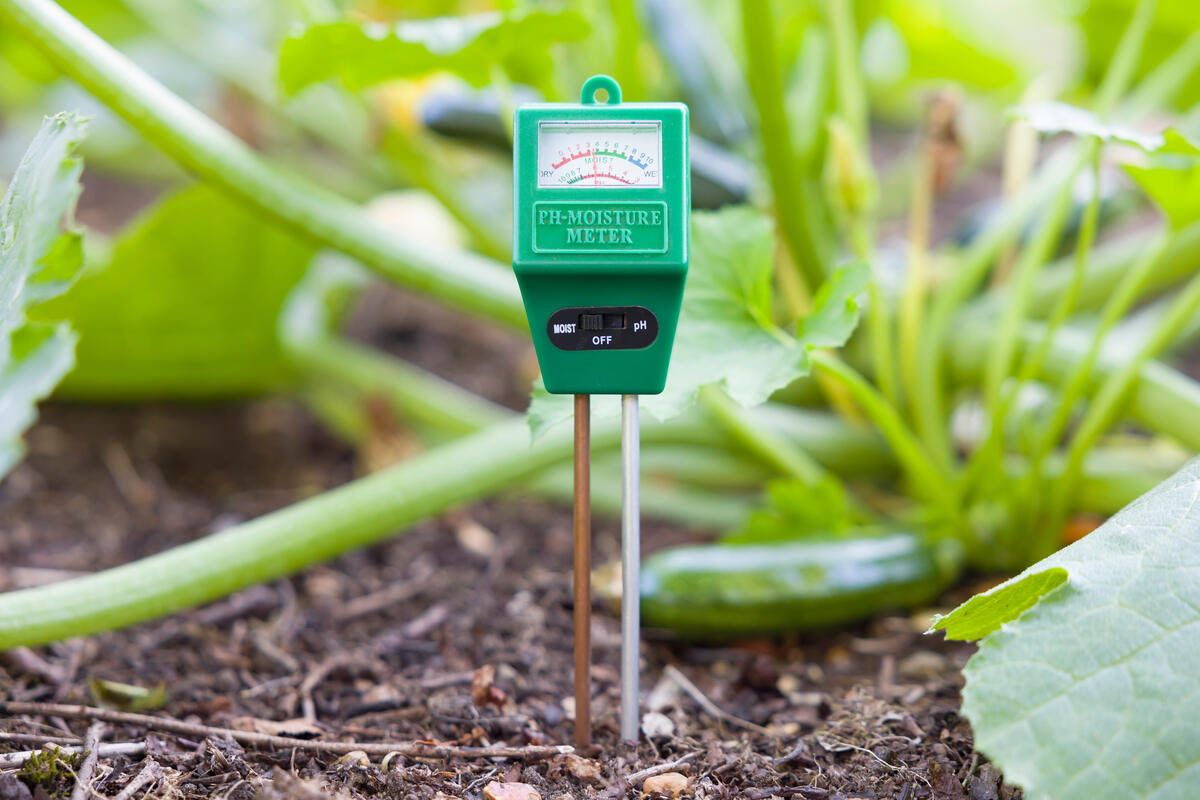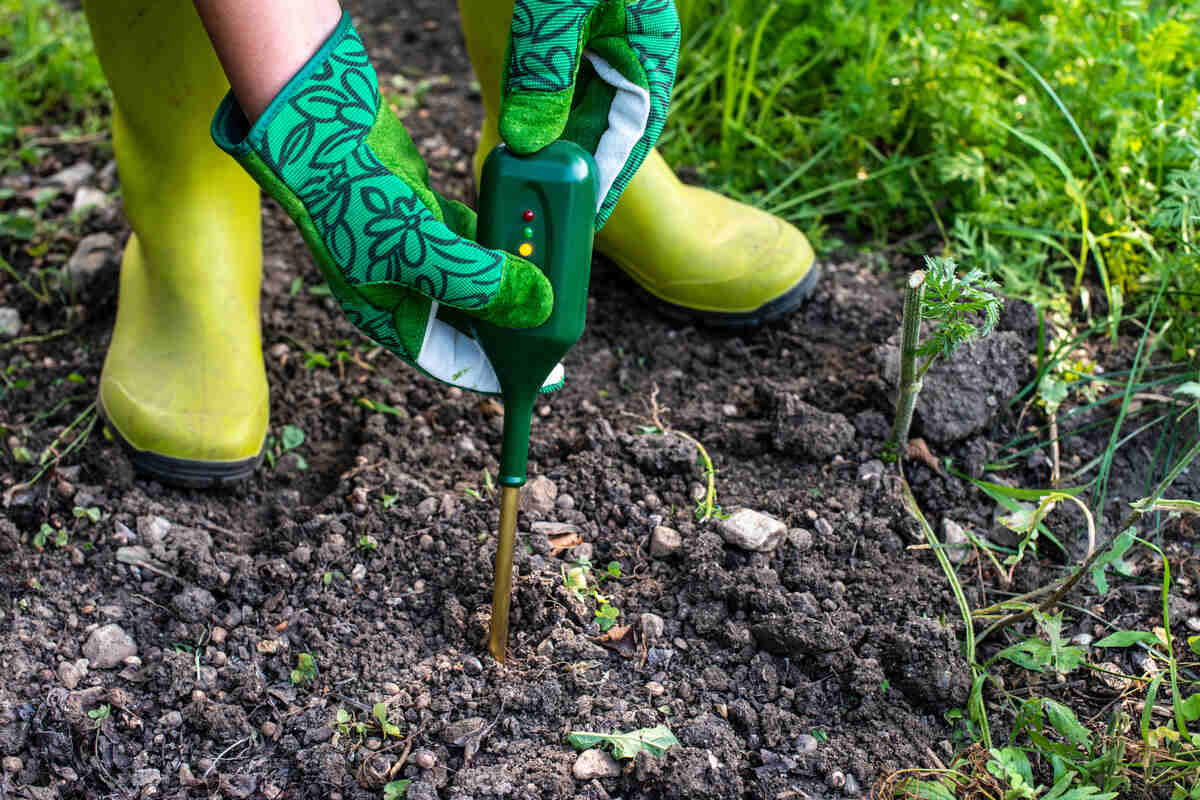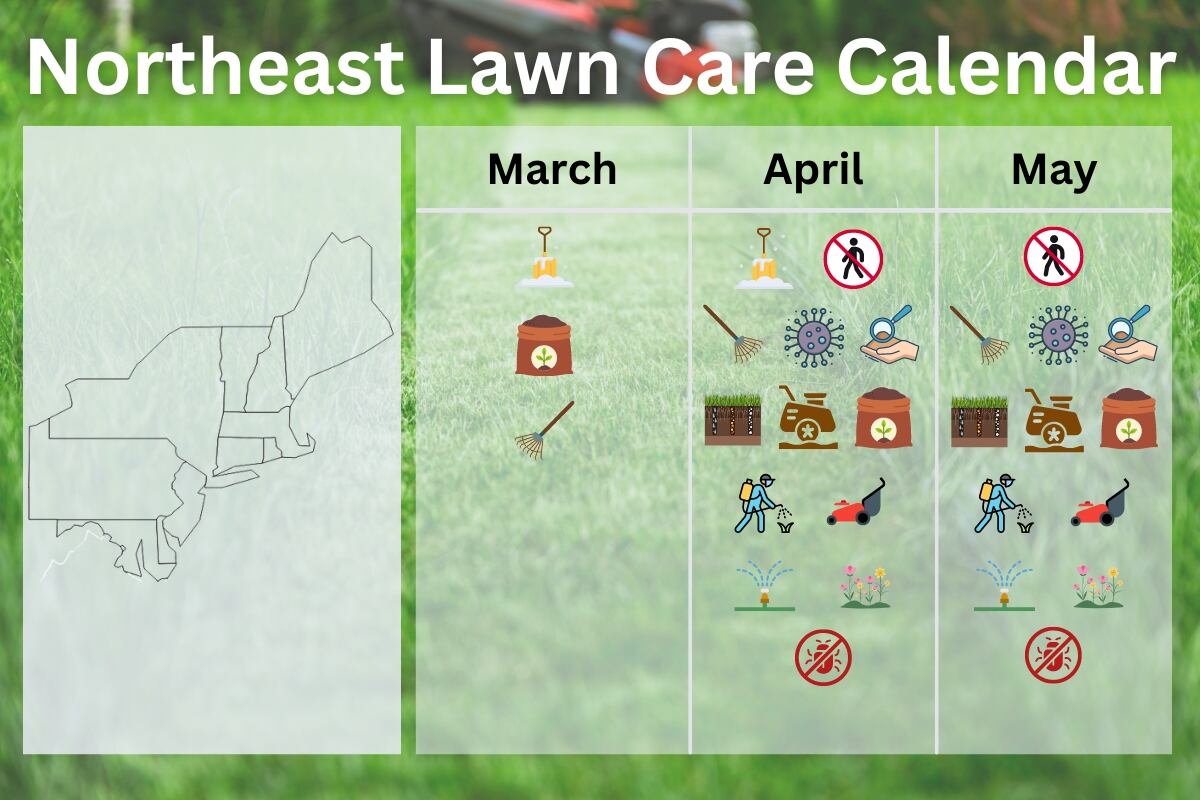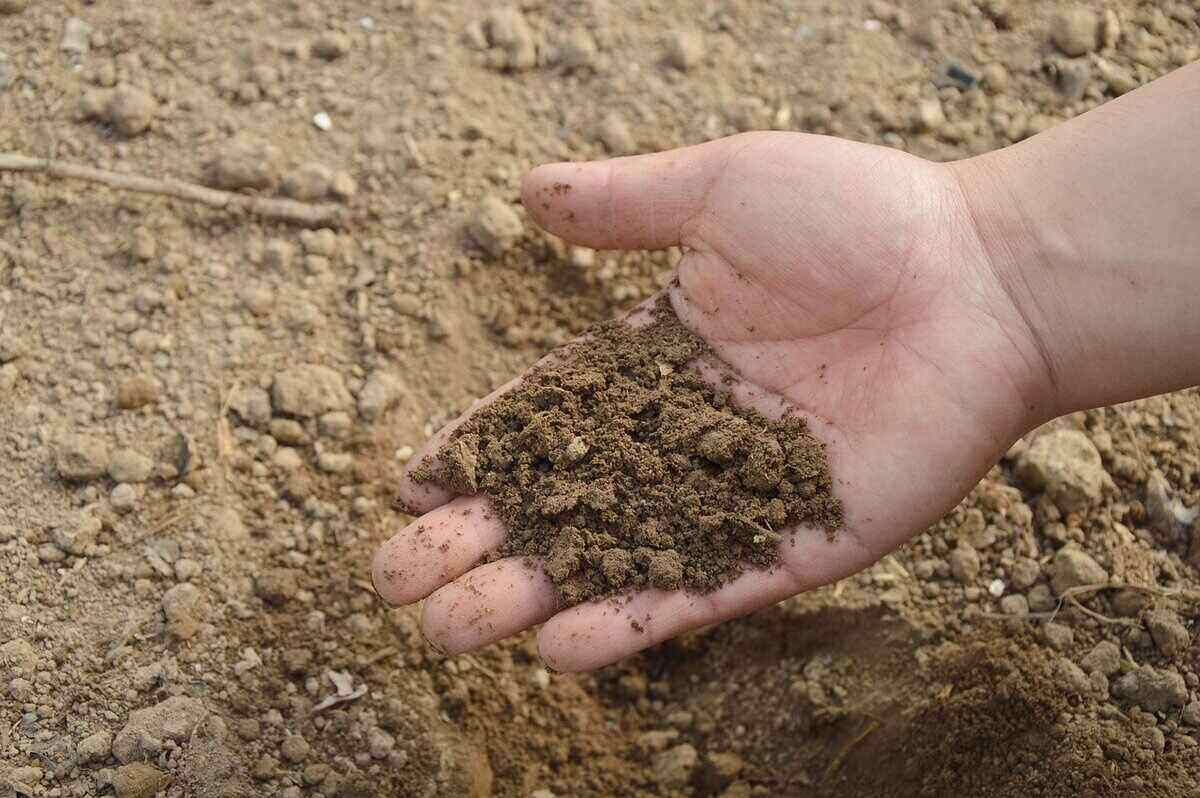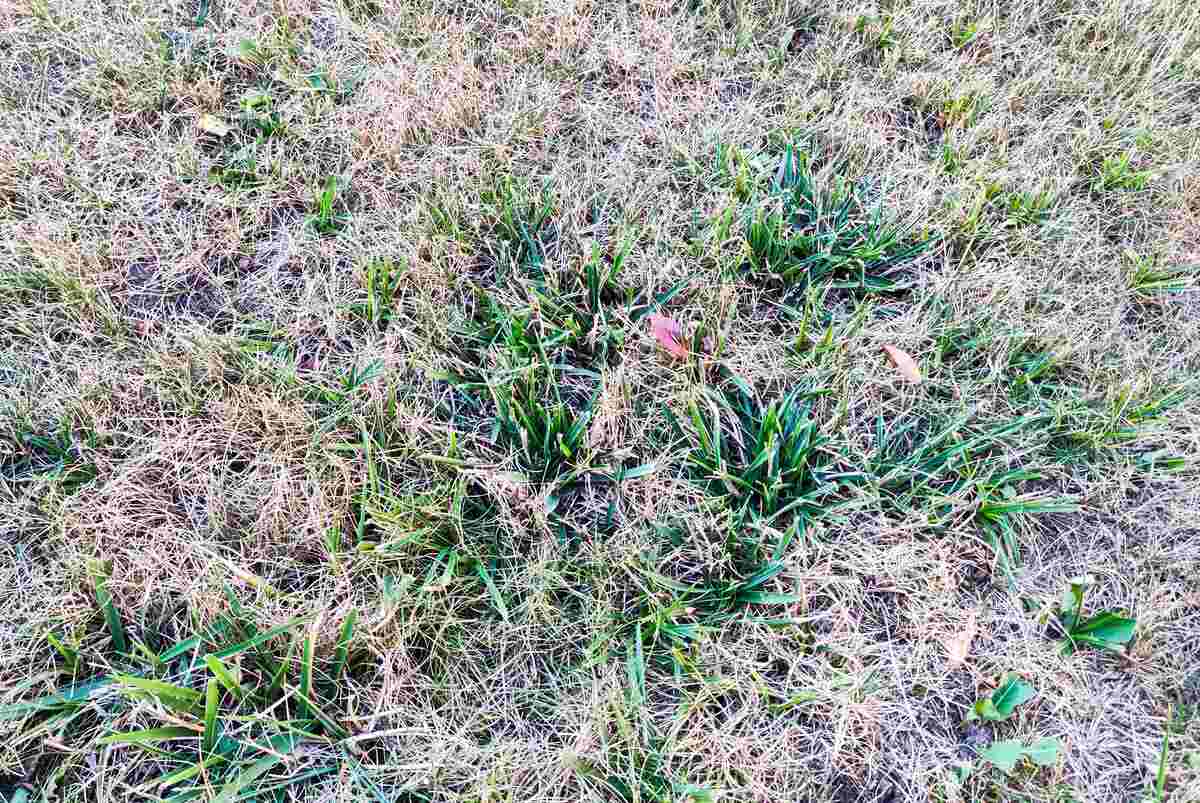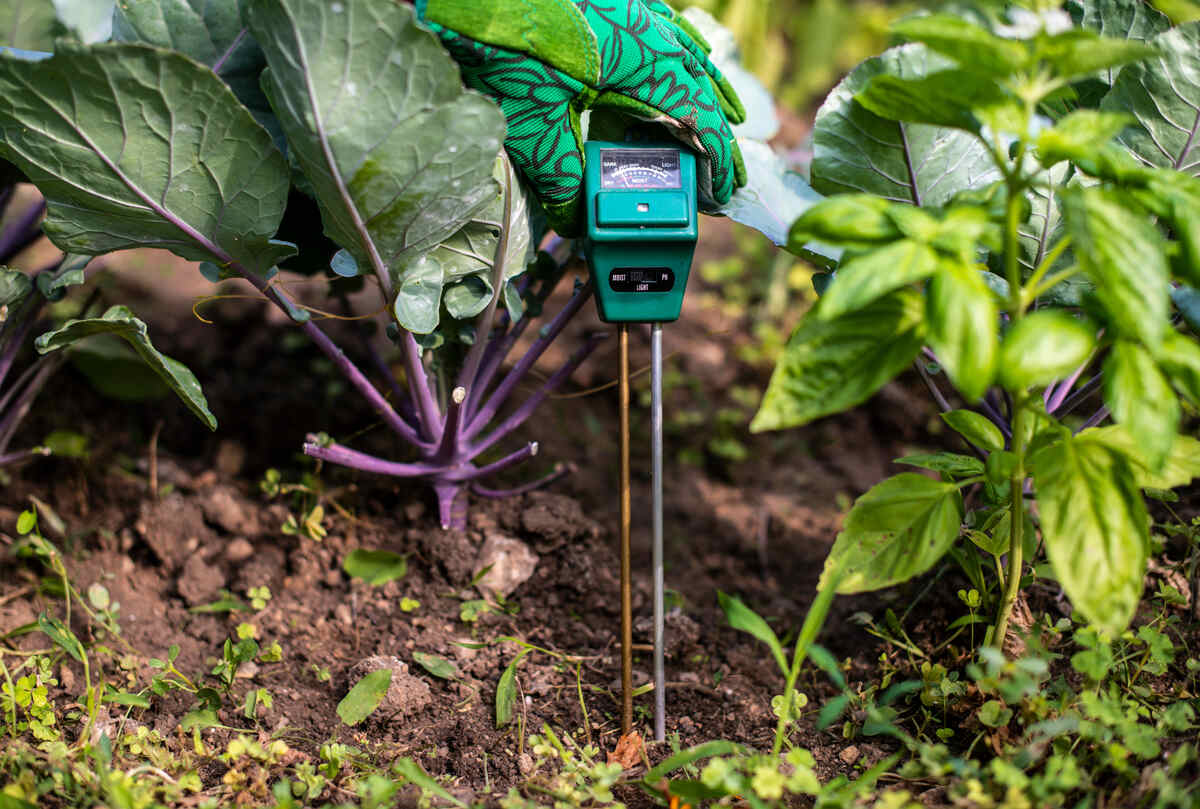
You should test your lawn’s soil pH mainly to check that it’s balanced. Other reasons why you should test the soil pH of your lawn are to rule out pH issues and track pH changes.
Ensure a Balanced Soil pH
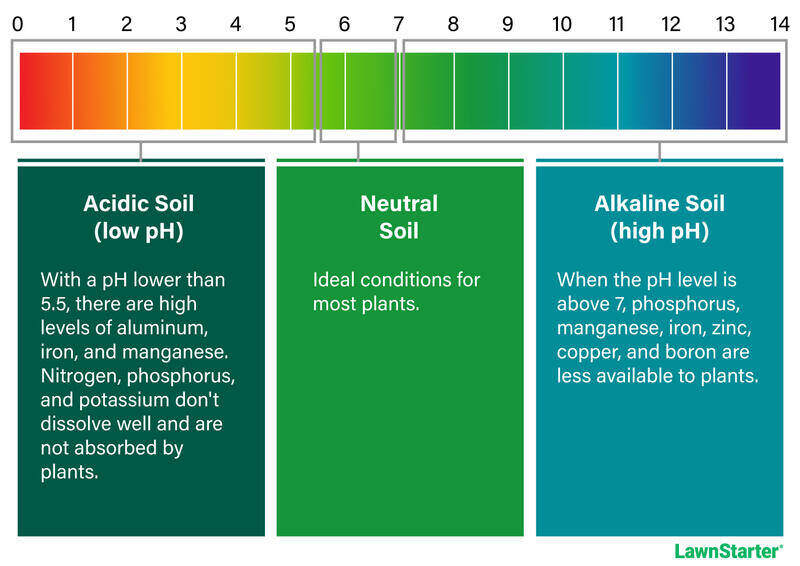
Testing your soil every few years lets you know if the pH level is balanced. Soil pH affects plant growth, and important nutrients for plants tend to be available in soil when the pH is neutral or close to it.
Soil pH is measured on a scale from 0 to 14, with 0 being extremely acidic, 14.0 being extremely alkaline, and 7.0 as neutral (neither acidic nor alkaline).
Most lawns and turfgrasses thrive at a pH range of between 6.0 and 7.0, which is neutral to slightly acidic. Some grasses can tolerate more acidic soil (5.0 at the lowest):
- Bahiagrass
- Bentgrasses
- Centipedegrass
- Perennial ryegrass (can handle higher pH, more alkaline, soils, too)
- Tall fescue
Rule Out Soil pH Issues on a Struggling Lawn
Imbalanced soil pH can cause a slew of turf problems. Here are some signs your lawn has an improper soil pH:
- Discolored turf (mostly yellowing, but can turn white in severe cases)
- Poor grass growth
- Thin and patchy grass
- No improvement after fertilization
While both acidic and alkaline soil can cause similar issues, it’s important to know which way the pH imbalance swings. You can worsen the problem if you apply the wrong soil amendments.
You can learn more about the signs of imbalanced pH on your lawn in our articles here:
If your soil test results reveal there is no pH imbalance, at least you can cross that off the list of why your grass is yellowing and thin.
How Does Imbalanced pH Cause These Issues?
Well, it depends on if the pH is low (acidic) or high (alkaline).
“The elements of zinc, copper, iron, and manganese are highly soluble in strongly acid soils and may even approach concentrations which are toxic to some plants,” say experts from the University of Massachusetts Amherst.
They also say that highly acidic soils have less available nitrogen, phosphorus, and micronutrients plants need. Low pH soils can even directly damage turf roots.
In alkaline soils, nutrients such as iron, manganese, and phosphorus become insoluble. They’re there in the soil but can’t be used by the plant. For example, not having available iron can cause iron chlorosis, which turns grass yellow and then white in severe cases.
Track pH Changes After Amending Lawn Soil
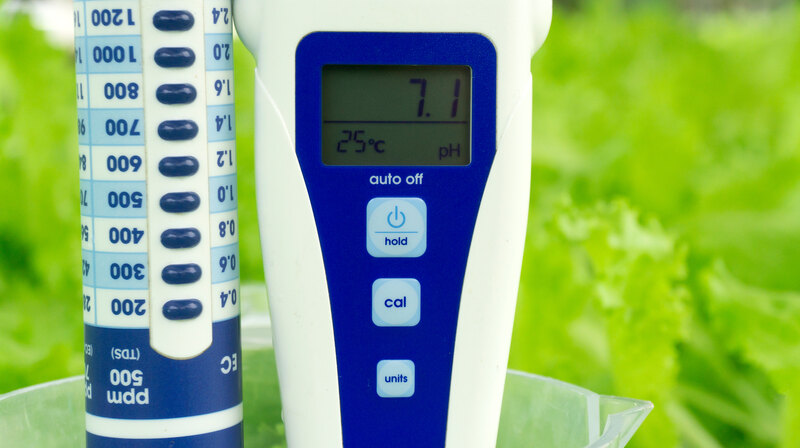
A yearly soil test is recommended if you’ve applied soil amendments to your lawn so you can track the pH changes in your soil. It takes time for amendments like agricultural lime and elemental sulfur to break down and actually change your soil’s pH level; often this takes months (if not years).
You want to check your soil’s pH level regularly so you know the amendments are working. According to Natalie Hoidal and Annie Klodd, experts at the University of Minnesota Extension, it could take annual or biannual applications of sulfur for the lower pH to actually stick.
Checking your lawn’s pH yearly after amending the soil is also recommended to check if you’ve added too much. Excess or reckless soil amendment can cause the pH imbalance to swing in the other direction.
See Related:
FAQs About Testing the Soil pH of Your Lawn
How you test your soil’s pH will depend on what method you choose: professional testing or a home soil test kit. You will need to get clean soil samples for both methods, though. You can read a more detailed guide in our article: How to Test the Soil pH of Your Lawn.
The best time to test your lawn’s pH is during spring or early fall.
For a healthy lawn, you can test soil pH once every three to five years. If the lawn isn’t growing as it should, though, you should test your lawn’s pH levels then, no matter the time of year (as long as the soil is workable).
You can learn more about when to test your soil’s pH level in our article: When to Test the Soil pH of Your Lawn.
Yes, you should test your garden’s soil pH, especially if you’re planning to add new plants. Some plants prefer acidic soil, others prefer alkaline, while others prefer neutral soil. Test your soil — and amend if needed — to ensure your new plants thrive.
Hire a Lawn Care Pro for a Beautiful Lawn
Does your lawn have a soil pH issue? While you can add soil amendments to your lawn, you can also hire a pro to do it for you instead to ensure it’ll be done properly.
After you fix your soil issues, you can have a lawn care pro (maybe even the same one) maintain it for you, so you don’t have to worry about having to mow your lawn, aerate it, or keep up with leaf removal. LawnStarter can connect you with a reliable pro with just a click of a button. Hire a lawn care pro through LawnStarter today.
Main Image Credit: Deyan Georgiev / Adobe Stock Free / License
